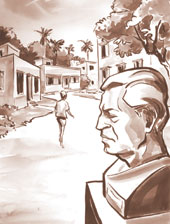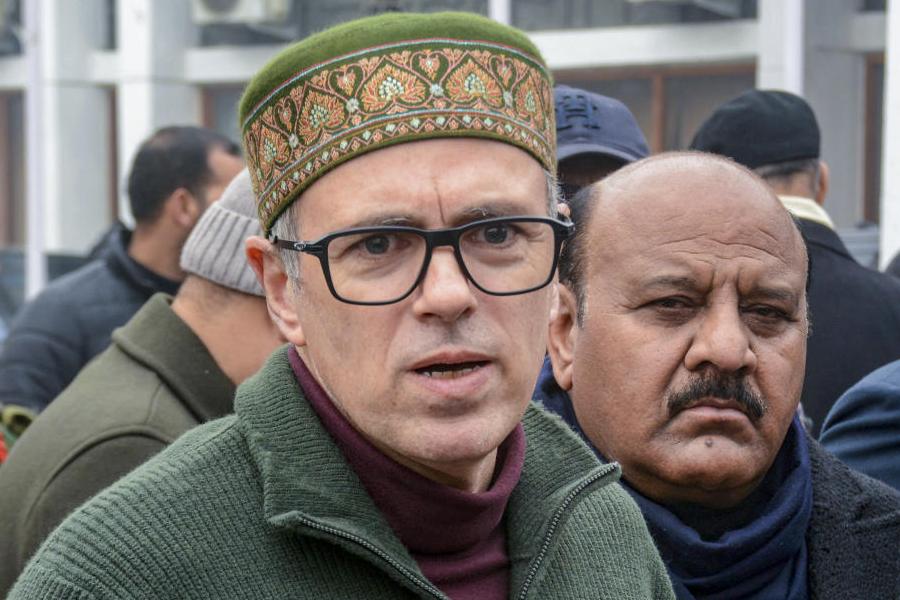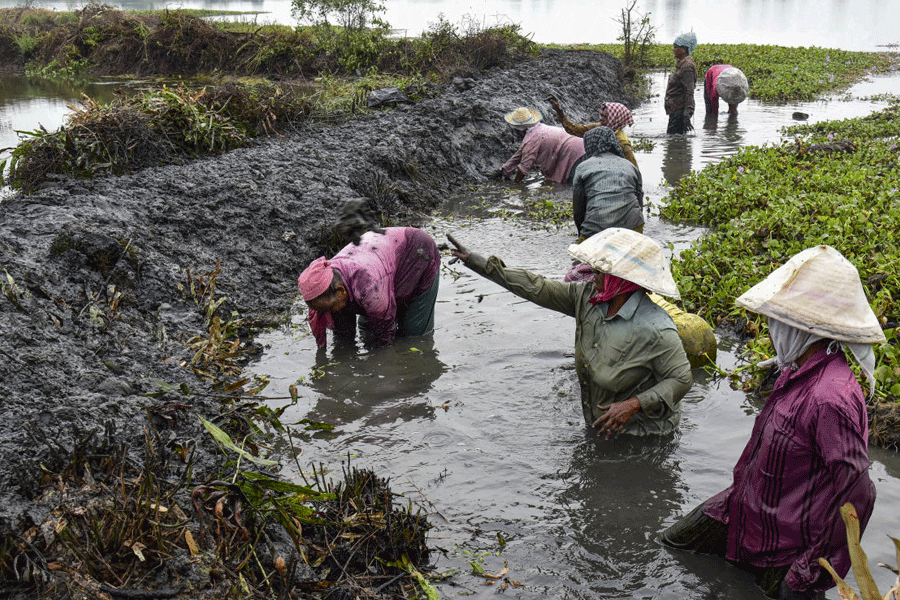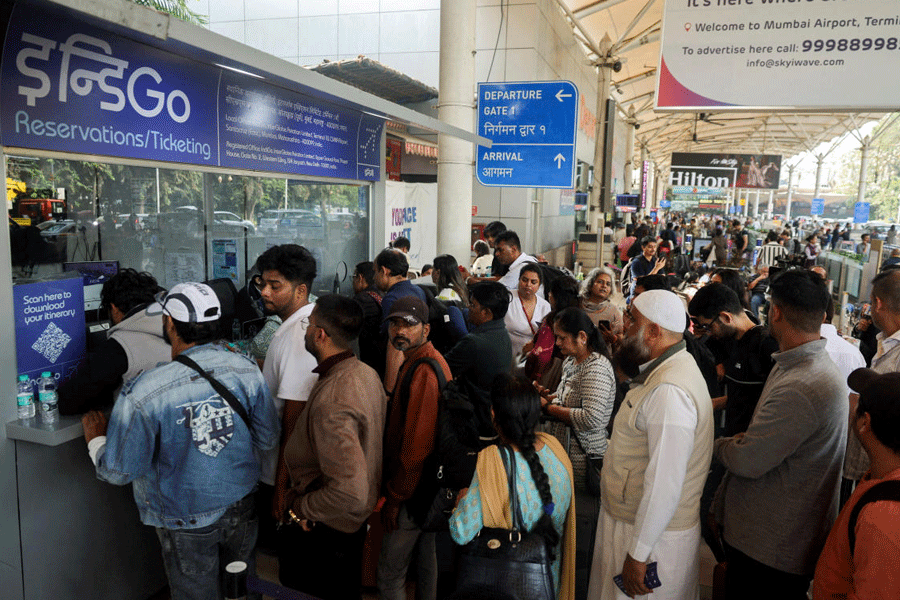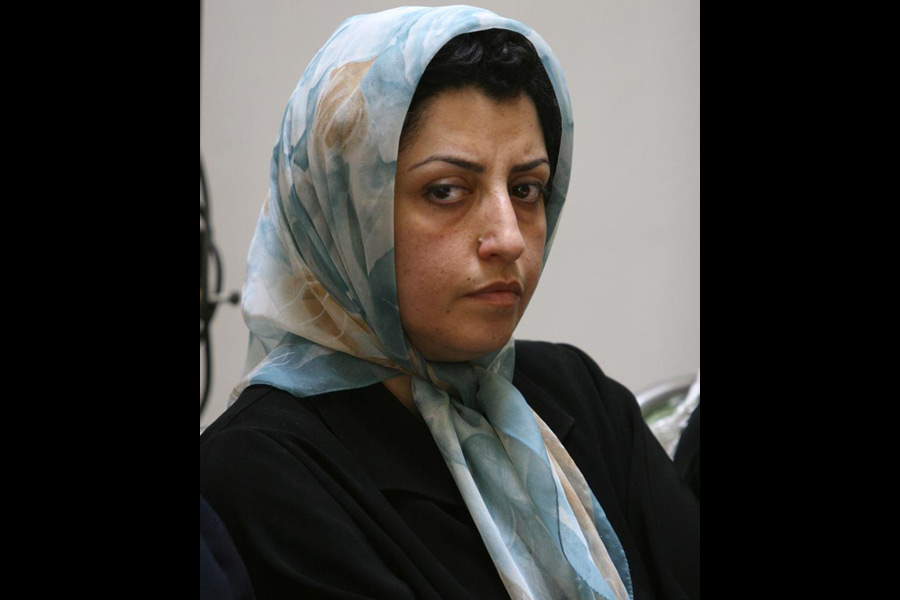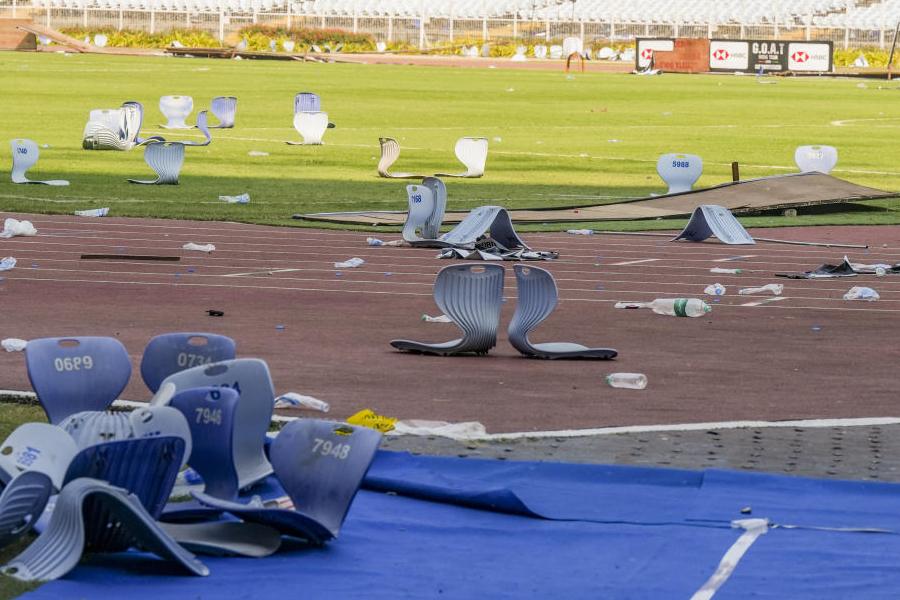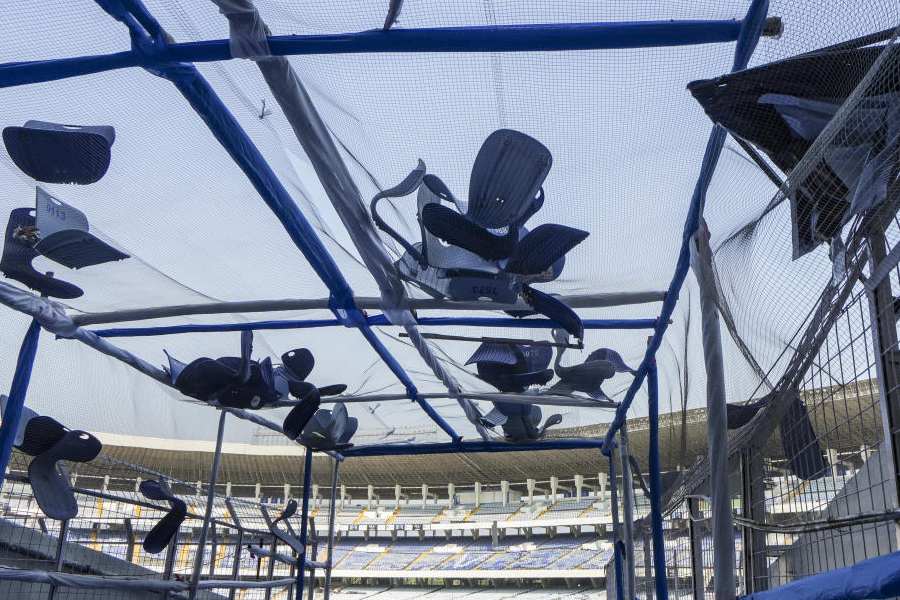 |
| Illustration: Suman Choudhury |
The bamboo grove is still there; so are the mango orchard and the pond. But what Boral ? where Satyajit Ray shot Pather Panchali more than 50 years ago ? has irretrievably lost is Apu’s wide-eyed world, taken away by cable television, Internet and, of course, rapid urbanisation.
?Children here, like elsewhere, are more interested these days in video games than in nature,? Satyendranath Chakroborty, a retired engineer now ?settled? in Boral, sighs. ?They would rather chat on the Net than look out of the windows at the sky laden with storm clouds.?
Within shouting distance of bustling Garia, Boral, now a municipal town, is part of the rapidly expanding Calcutta, boasting a postal code of 700154. Its main roads are lined with shops and houses of different shapes and sizes. Apartment buildings are sprouting up too. One even with a lift, a first in Boral, local residents say.
Land price has ballooned from Rs 500 a cottah in 1974 ? when Chakroborty bought a plot to build his house ? to nearly Rs 3 lakh a cottah now.
On the tar roads, cars and autorickshaws honk by, kicking up clouds of dust. Hindi music blares from an electronic shop. Crowds swarm around a roadside fast-food joint. Sequins on saris glisten in a shop window.
But once you leave the main road and turn into the sylvan Majher Para, you see the bamboo grove, the mango orchard and the pond, all part of Apu’s world in the film. It is here that Bibhutibhusan Bandopadhyay’s poignant story was translated into heart-wrenching celluloid.
The one-storey house-where Apu and his sister Durga lived with their mother Sarbajaya and itinerant father Harihar in the film ? peeks through a gap in the trees, its door framed by an old man in a wheelchair. Gourgopal Mukherjee, left almost immobile by a recent stroke, does not mind visitors unless, of course, they ask him about Pather Panchali, shot in his house.
?Could Pather Panchali have been made so easily if my father and I had not generously let Ray use our house and property for shooting? Nobody talks of us, of our contribution,? says Mukherjee, 79, a retired executive of an oil company, a trace of bitterness in his voice. Even half a century after the 112-minute-long film was released, bringing the debut director fame worldwide, Mukherjee is still waiting for his share of ?fame?.
After all, Pather Panchali is Boral’s only claim to fame and everybody wants a share of that. Residents are ?proud? that Pather Panchali was made here, even though many have never seen it. ?Some of us have seen it on television, but most have read of it in the papers. But that doesn’t make them less proud of the fact that the film was created here,? Jaydeep Banerjee, 31, a local businessman, says.
A bust of Ray strung with a dried-up garland sits on a moss-covered pedestal on the edge of Mukherjee’s property, the only sign of the film’s locale. His name on the pedestal is written in his trademark handwriting.
Ray admirers had wanted to instal the statue near the house, but Mukherjee had objected since it’s ?private property, not a museum?. There was an iron chain around the pedestal, but it was stolen a few years ago, Maitrayee Dutta, a housewife who lives nearby, says.
A big concrete room has replaced the derelict mud house (built by Ray for the film) where Sarbajaya lived with her children in abject penury. And it has a wooden door, not a torn curtain that the impoverished mother used for a door in the film. ?I have spent Rs 2 lakh renovating this part of the house,? Mukherjee says.
Crickets still chirp in the hushed bamboo grove outside. There are no ripples on the mud-brown surface of the pond guarded by tamarind and coconut trees. The air is still and heavy.
But inside the house, through an open door, Mukherjee’s son can be seen, playing a card game on computer.

